 |
||
|
||
| ||
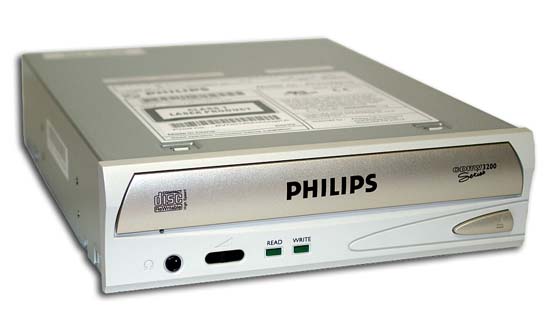
The drive ships in a Retail package. The box contains:
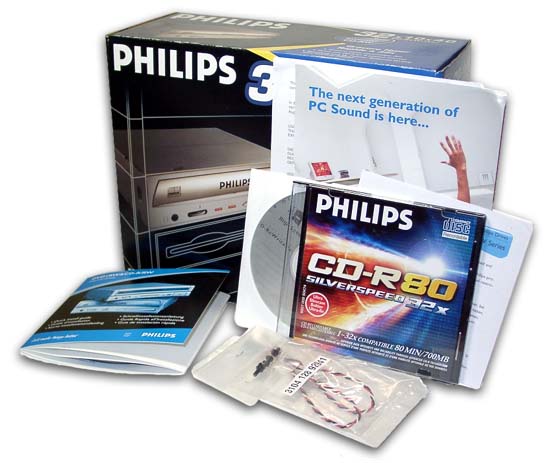 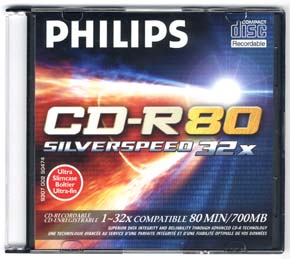 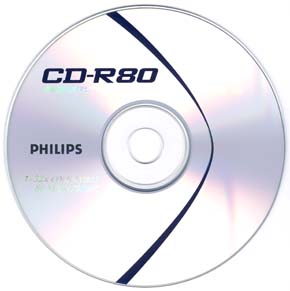 ATIP: 97m 15s 19f
 ATIP: 97m 27s 00f Character and method of recording: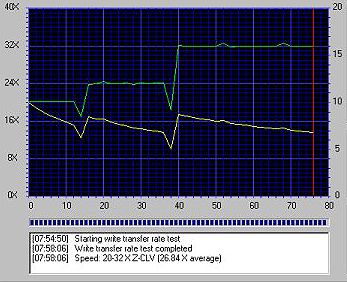 The CD contains a good video clip with detailed comments on installation of the internal IDE drive. Remember that there is no an IDE cable, which looks strange as the instructions recommend to connect the recoder with a separate cable. We received the 32x CD-RW drives from Philips and TDK at the same time. We got used to the fact that TDK uses a Sanyo's chipset, while other companies use LiteOn or Ricoh solutions. But it's the first time when Philips uses a Sanyo's model. Moreover, the CyClone and PCRW3210 are similar not only in the appearance but also inside. 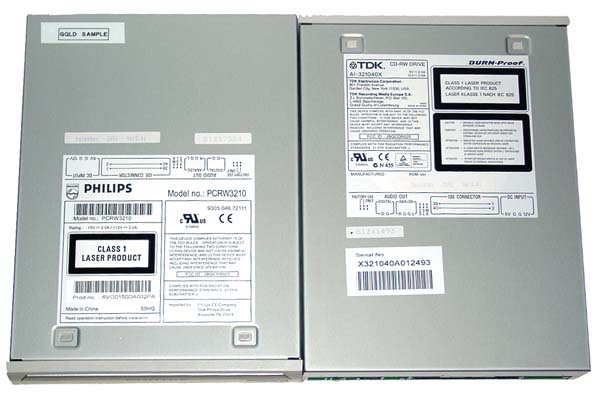 The thorough tests showed that the results are almost identical. That is why everything we say about the Philips solution also refers to the TDK's one. For the testes we had to set the drive as Slave. However, the PCRW3210 (as well as the TDK CyClone) refused to work when set as secondary IDE on the VIA KT133/KT133A mainboards (the tests were carried out on the Soltek 75KAV, ASUSTeK A7V and MSI K7T Turbo Limited Edition under the Windows 98SE, Windows ME and Windows 2000). There were errors in reading, the recording was unstable and reached only 20x. Here is a diagram of recording speed obtained with the Nero CDSpeed utillity: 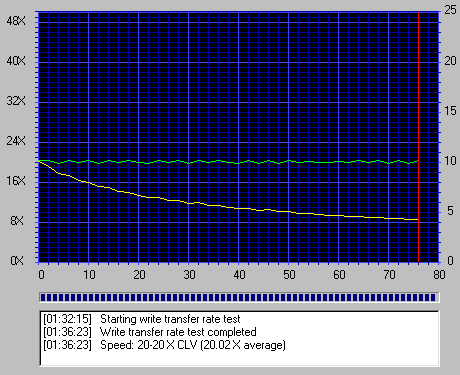 The diagrams of reading of the recorded CDs also show that the drive has a low performance level: 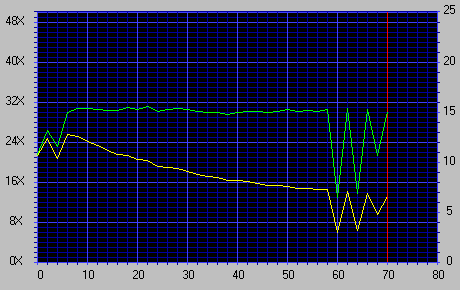 Look at the diagram of the same disc when the PCRW3210 is set as Master. 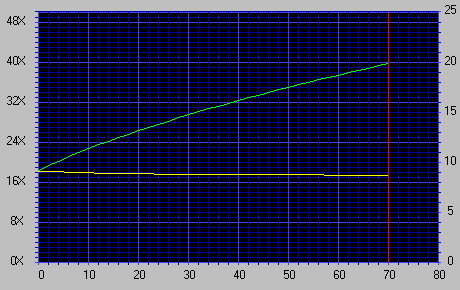 When we took the Soltek Sl-65EP-T mainboard and the Celeron 733 processor such problems weren't noticed, whether drive was set as Slave or Master. The drive isn't very stable in recording. The buffer memory load hovers around 89-91%. Besides, I didn't like the absense of the intermediate speeds in the range of 20x-32x. Here is what the Nero says you about the drive: 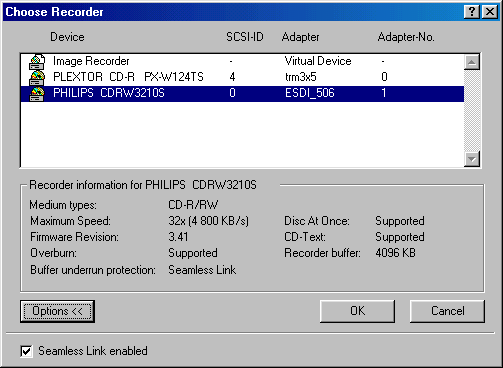 The new recorder from Philips is based on the Sanyo's chipset LC-898094. This recorders whistles the loudest although it is not the fastest drive in our tests. The appearance is impeccable: a silvery tray and a nonstandard button make the drive look elegant. In all other respects, it has a standard headphones jack, a mechanical volume control, a roundish tray button, two LEDs and an emergency ejection hole. There is a working digital-out on the rear panel. [ Back to article ] Write a comment below. No registration needed!
|
Platform · Video · Multimedia · Mobile · Other || About us & Privacy policy · Twitter · Facebook Copyright © Byrds Research & Publishing, Ltd., 1997–2011. All rights reserved. | |||||||||||||||||||||||||||||||||||||||||||||||||||||||||||||||||